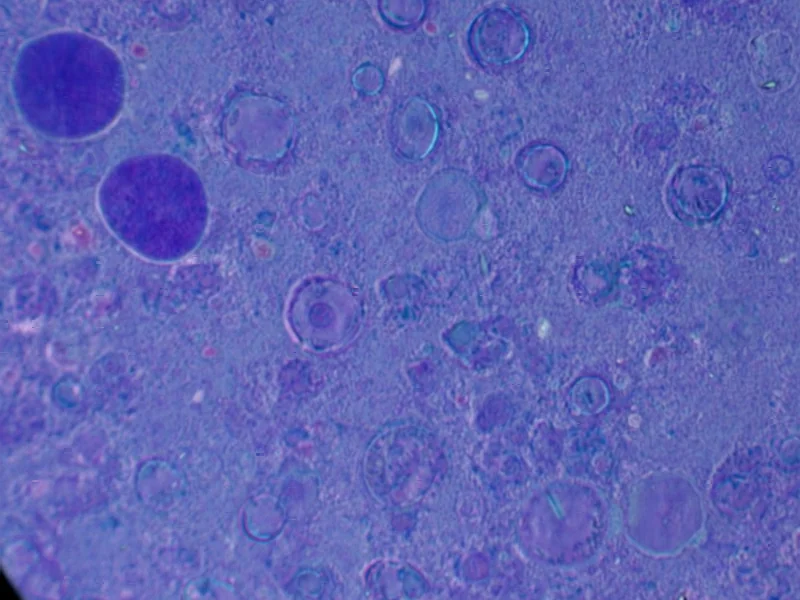According to Nature, researchers have discovered that iPSC-derived cells expressing ITGA6 can restore aqueous humor outflow and reduce intraocular pressure in glaucoma models. The study found that these specific cells stimulate proliferation of trabecular meshwork cells and can functionally regenerate damaged eye tissue. This breakthrough suggests a potential regenerative therapy for glaucoma patients.
Table of Contents
Understanding the Glaucoma Challenge
Glaucoma affects over 80 million people worldwide and remains the second leading cause of blindness, primarily due to increased intraocular pressure damaging the optic nerve. Current treatments focus on managing pressure through eye drops, laser therapy, or surgery, but none address the underlying cellular degeneration in the trabecular meshwork – the eye’s drainage system. The trabecular meshwork’s gradual cell loss and dysfunction represents a fundamental challenge that conventional approaches cannot reverse, making regenerative strategies particularly compelling for this chronic condition.
Critical Analysis of the Approach
While the results are promising, several critical questions remain unanswered. The study shows that only a small percentage of transplanted cells persist long-term, suggesting the therapeutic effect comes from stimulating endogenous repair rather than direct replacement. This raises questions about durability – will patients need repeated treatments? The ITGA6-positive cells also show elevated pluripotency markers, which introduces safety concerns about potential uncontrolled differentiation or tumor formation. The research used magnetic targeting to direct cells to the trabecular meshwork, but translating this to human eyes with different anatomy presents significant technical hurdles.
Industry and Treatment Implications
This research represents a significant shift in glaucoma management philosophy from symptom control to tissue regeneration. If successfully translated, it could create a new category of regenerative ophthalmology treatments. The finding that specific subpopulations within cell preparations drive therapeutic effects highlights the importance of cell characterization in regenerative medicine. Pharmaceutical companies with existing glaucoma portfolios might see this as both a threat to their current products and an opportunity to diversify into advanced therapies. The ability to potentially restore natural drainage function could reduce or eliminate lifelong medication regimens for patients.
Clinical Translation Outlook
The path to clinical application faces substantial regulatory and manufacturing challenges. Producing consistent, clinical-grade iPSC-derived cells with defined ITGA6 expression profiles requires sophisticated quality control. The study’s use of multiple differentiation methods (conditioned medium and recombinant cytokines) suggests manufacturing consistency remains an area for optimization. Given the eye’s immune-privileged status and the ability to monitor treatment response directly, glaucoma represents a favorable initial target for iPSC therapies. However, we’re likely 5-7 years from seeing human trials, with the first applications probably targeting patients who have failed conventional treatments. The integration of transcriptional analysis with functional outcomes sets a new standard for characterizing cellular therapies in ophthalmology.



